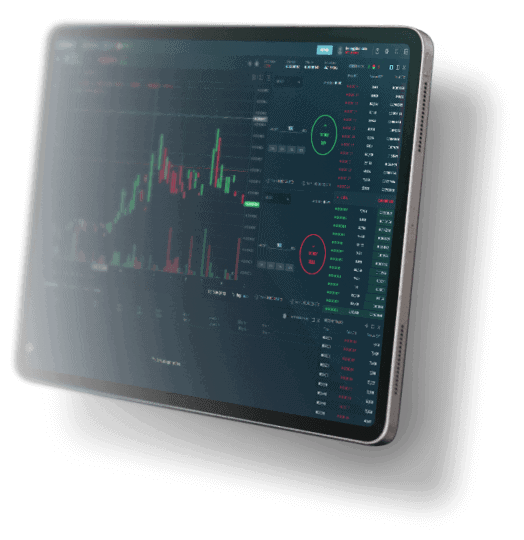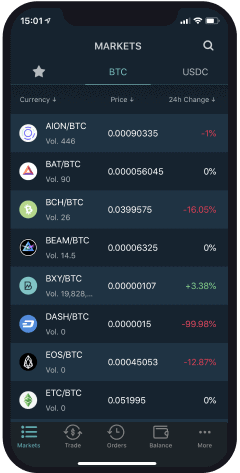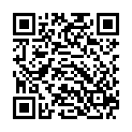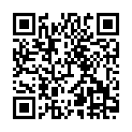Beaxy allows you to trade Ethereum with convenience and peace of mind. Our user interface is customizable and can be optimized for beginners and experts alike. Reduce your risk by storing ETH in our custodied wallets.
To access all of Beaxy’s features:
– Register at Beaxy.com/register
– Complete Verification
– Fund your account – Make a deposit or buy crypto with your credit or debit card
– Start Trading!
Beaxy provides advanced charting tools, a revolutionary swipe trading app, world-class FIX and REST API, and FIAT onboarding and offboarding to make for the best possible Bitcoin trading experience. Trade bitcoin in the most sophisticated and simple ways on Beaxy.
Converting ETH to other currencies
Body text: Want to convert ETH to your national currency? Check the converter above to see what the conversion rate is. Simply select your national currency to see what the price of ether is. The best part is you can place an order for ETH directly from the converter once you select your currency!
About Ethereum
Vitalik Buterin got the idea for Ethereum in 2013, after failed attempts to convince the Bitcoin core team to expand Bitcoin’s capabilities. Specifically, Vitalik sought to make a digital currency that was Turing complete. The first Ethereum white paper was released later on in 2013. In it, Vitalik laid out his plans for a blockchain protocol that could execute smart contracts and contain an infrastructure that supports the creation and maintenance of decentralized applications (dApps). By 2014, the Ethereum Foundation, a non-profit organization that supports Ethereum’s research and development, had been created. The Ethereum Foundation still provides the majority of funding to research teams that build on the Ethereum platform. In 2015, Ethereum became the second-largest cryptocurrency by market cap. It is programmable meaning developers can build and deploy decentralized applications on the Ethereum network. ETH is the native token on the Ethereum network. ETH serves as a means of payment for transactions and is used as ‘gas’ to power interactions on the Ethereum blockchain. Ethereum is programmable meaning developers can build and deploy decentralized applications on the Ethereum network. The Ethereum network has a native token, ETH, which serves as a means of payment for transactions. Known as the “decentralized platform for money”, decentralized financial applications, or DeFi, have been built on the Ethereum network enabling a user to borrow, lend or invest their digital assets. Additionally, Ethereum can be used to build Decentralized Autonomous Organisations, or DAO’s. The Ethereum network is also used as a platform to launch digital tokens. The project is seeking to expand its scalability by implementing a proof-of-stake consensus algorithm.
Ethereum became a big player in the world of cryptocurrency by creating an infrastructure that allowed hundreds of other products, projects, applications, and digital assets to exist on the platform. Ethereum is the most popular blockchain for third part development. In 2017, most of the new project and ICO were built on Ethereum which spurred a huge increase in the demand for the ETH token. Resulting in a price increase from $10 to over $1,400 per ETH token in 2017. The Ethereum foundation, a group funded to continue development of the Ethereum protocol, is currently working to deliver Ethereum 2.0. The project is looking to complete the transformation to Proof-of-Stake. Whereby transactions are validated through network participants who lock their tokens onto the blockchain. This is a more environmentally friendly method to reach consensus as it doesn’t require nearly as much electricity as Proof-of-Work consensus. Staking also allows network participants who lock their tokens to collect interest on the value that they keep in the system. There are approximately 110 million ETH tokens in the circulating supply. There is no official cap on the amount of Ethereum tokens that can be produced by the protocol.






